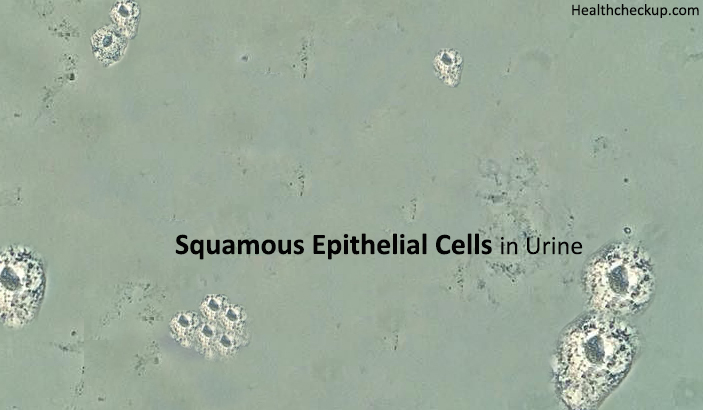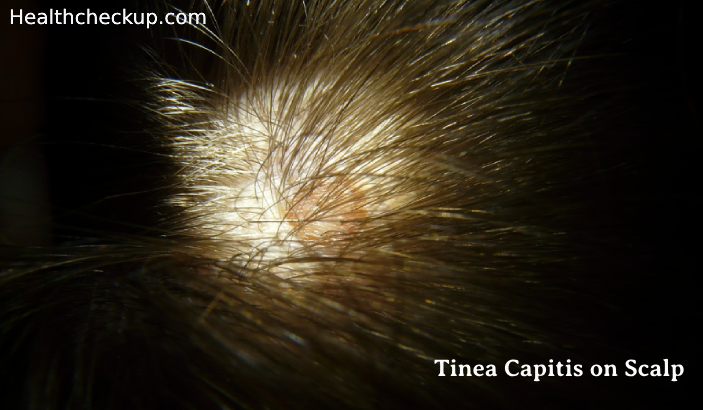Urine is the most important by-product of metabolism in human beings. Urine filters out wastes, toxins, and excess water from our body. The urine analysis helps one understand the problems in the body by detecting the waste by-products released by the body. Urine analysis also helps detect squamous epithelial cells too.
What is Squamous Epithelial Cells in Urine?
Epithelial cells are the type of cells which line the surface of our skin. Various parts of our body such as the blood vessels, the different organs, and the urinary tract have epithelial cells. While it is normal to find a small number of epithelial cells in the urine, a large number of epithelial cells might indicate a possible infection or a kidney problem or some other medical condition.
Squamous epithelial cells are found on the skin of different organs and on the outer lining of the urethra. That is the reason squamous cells can sometimes appear in the urine of human beings. However, the presence of squamous epithelial cells in urine indicates towards a possible contamination of skin from where such squamous epithelial cell has come.
Squamous epithelial cells are the largest type of epithelial cells found in the human body. These usually come from the urethra o/and the vagina. Squamous epithelial cells are mostly found in the urine of females.
Squamous Epithelial Cells in Urine Causes
Usually, if squamous epithelial cells are found in somebody’s urine, the probable cause for the same might be Contamination. This essentially means that while the urine sample was given using the clean catch method, the area was not cleaned well enough. Squamous epithelial cells in urine might come from the urethra in case of men and vaginal opening in case of a female. Thus, while giving any urine sample, it should be ensured that the sample is not contaminated. Finding squamous epithelial cells in urine during pregnancy is common.
Squamous Epithelial Cells Urine Test
A normal urine test would include a test for detecting squamous epithelial cells. However, if somebody comes for a urine analysis with symptoms of kidney disorder or urinary infections such as frequent urination, or pain while urinating, back pain, lower abdomen pains, a medical practitioner might ask for undergoing a thorough urine test following the clean catch method. The individual needs to take the test after cleaning the genitals with a sterile pad and collect the urine midstream.
Squamous Epithelial Cells Urine Levels
It is normal to detect one to five squamous epithelial cells per high power field (HPF) in the urine. Moderate number of 6-10 squamous epithelial cells or high number of squamous epithelial cells in urine (10-20) would indicate
- Urinary Tract Infection (UTI)
- Liver disorder
- Certain Kinds of Cancer
- Kidney disorder
Detecting higher levels of squamous epithelial cells in urine could possibly indicate urethritis or vaginitis.
How to Treat Squamous Epithelial Cells in Urine?
The treatment of high levels of squamous epithelial cells in urine would require analyzing the underlying cause and treat it accordingly. In case such increased numbers of squamous epithelial cells are diagnosed to be an indication of Urinary Tract Infection, treatment would usually involve a combination of antiviral and antibiotic medication. In case the increase in a number of many squamous epithelial cells in urine is detected to a kidney problem, treatment would differ depending upon the intensity of the problem.
However, doctors might suggest a lifestyle change in order to prevent further occurrence of this problem. The individual might be advised to lose weight, have a healthy diet, and exercising regularly.
It is essential to understand that detection of few squamous epithelial cells is normal. However, detecting large numbers of squamous epithelial cells in urine might indicate some serious problem within the human body which needs to be treated soon.
Medically Reviewed By

Professionally, a trained Microbiologist and Plant operator, Eustace is an experienced health content writer who is passionate about helping people lead a healthy life.








